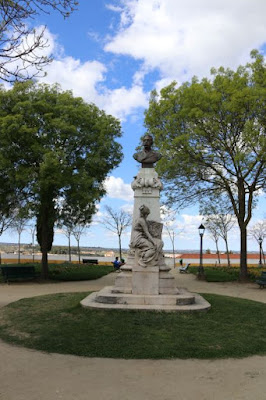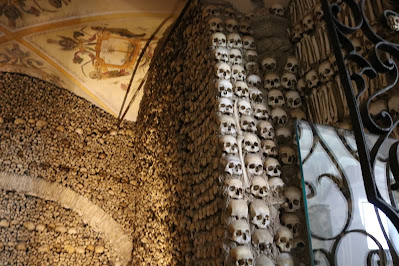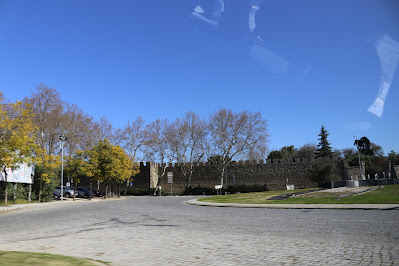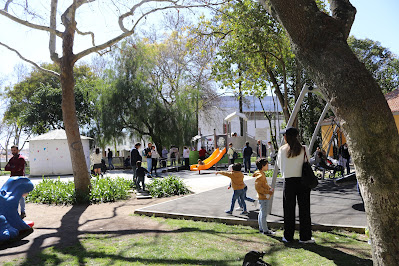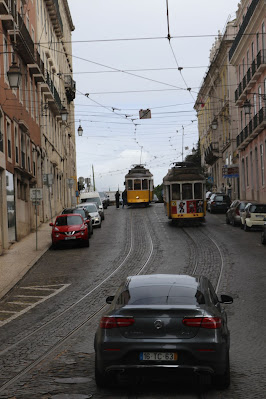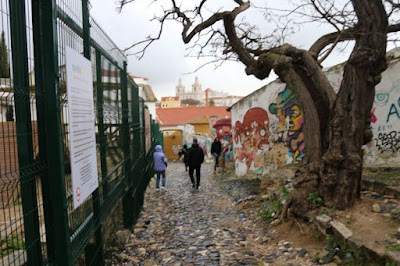Travel with me, let me take you to see, enjoy, explore and appreciate the beauty presented to you in my photos of nature, man made or other kind, in my back yard, near and far and around the world!
Sunday, April 3, 2022
Trip to Spain and Portugal-Evora, Portugal (continued)
Trip to Spain and Portugal-Chapel of Bones
Chapel of Bones located in Evora, Spain is a unique chapel made with stacked up with human bones and skulls. 5,000 skeletons were sourced from the city's graves used for the construction. The message that Franciscan monks wanted to convey through such unique construction was "The bones of dead humans morbidly remind visitors that they will die despite any technological advancement in the health industry or their social, political status".
The Capel of bones was built between the years of 1460 to 1510 in Gothic style. the idea was conceived by Franciscan monks. In the 16th century Evora was expanding but there were around 43 cemeteries making up valuable lands. To allow expansion and at the same time not intending to condemn the souls buried in these cemeteries they moved all the bones into a single chapel. In the process they tried to convey he inevitability of death.
Trip to Spain and Portugal-(2) Evora, Portugal
On the way from Lisbon to Codoba, Spain, we stopped at Evora to visit this UNESCON world Heritage site of Portugal. It was a sunny and warm day, walked around the town and spent some time both outside and inside visited Praca do Giraldo, Roman Temple of Evora, Chapel of Bones and Evora Musem.
Friday, April 1, 2022
Trip to Spain and Portugal-Lisbon colorful streets
These pictures were captured during our visit to the Castelo de Sao Jorge. To reach the fort, we took an Uber to a drop-off point and then walked the rest of the way. Following the tour, we opted for a different path back to the hotel.
Trip to Spain and Portugal- Jeronimos Monastery
One of the most prominent examples of the Portuguese Late Gothic Manueline style of architecture in Lisbon. Jeronimos Monastery was classified a UNESCO World Heritage site along with the nearby Tower of Belem, in 1983.
The monastery was designed in a manner that later became known as Manueline: a richly ornate architectural style with complex sculptural themes incorporating maritime elements and objects discovered during naval expeditions, cared in limestone.
Church of Santa Maria (on the right) has its own unique architecture on both exterior and interior.
Jeronimos Monastery






















